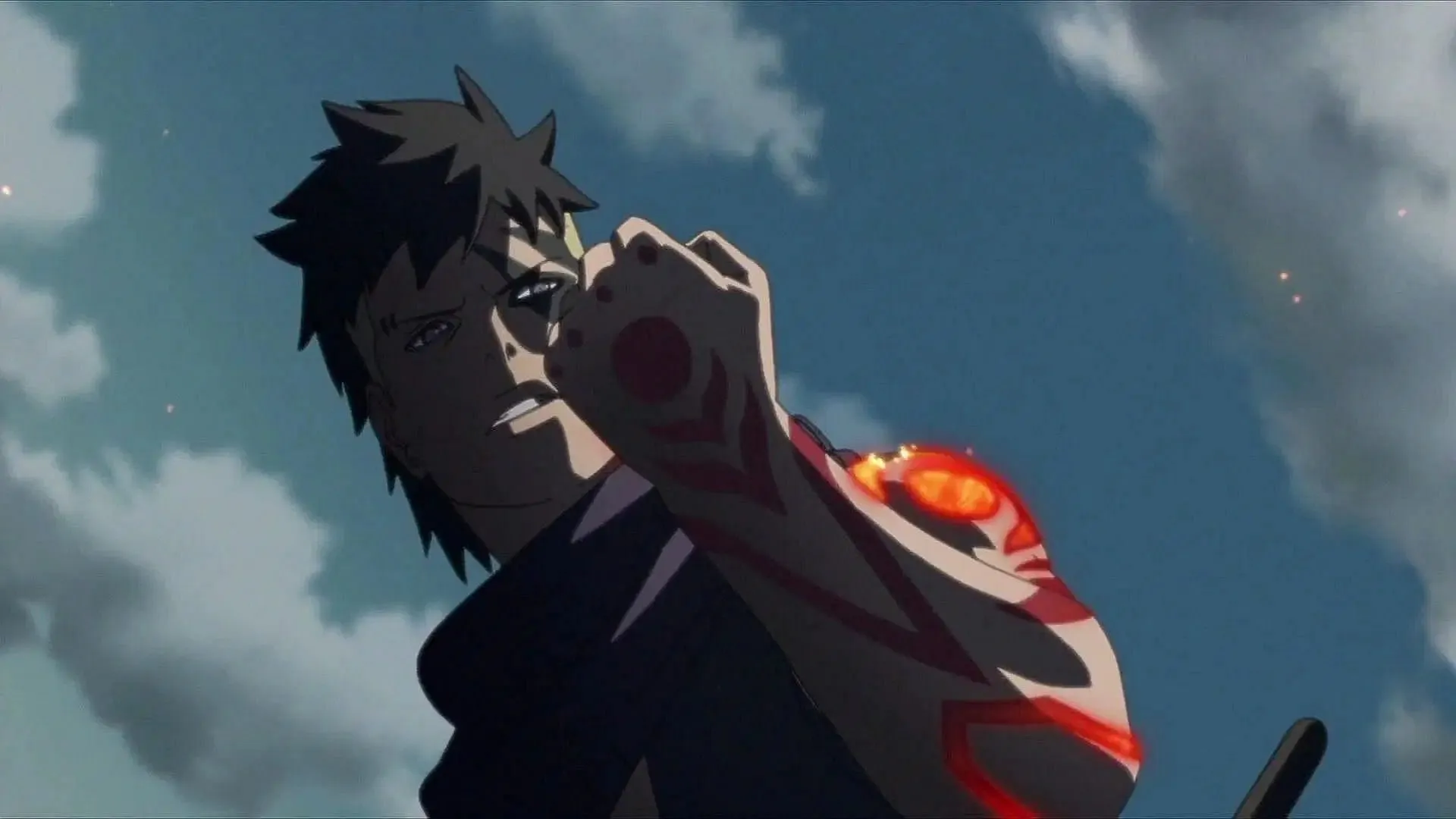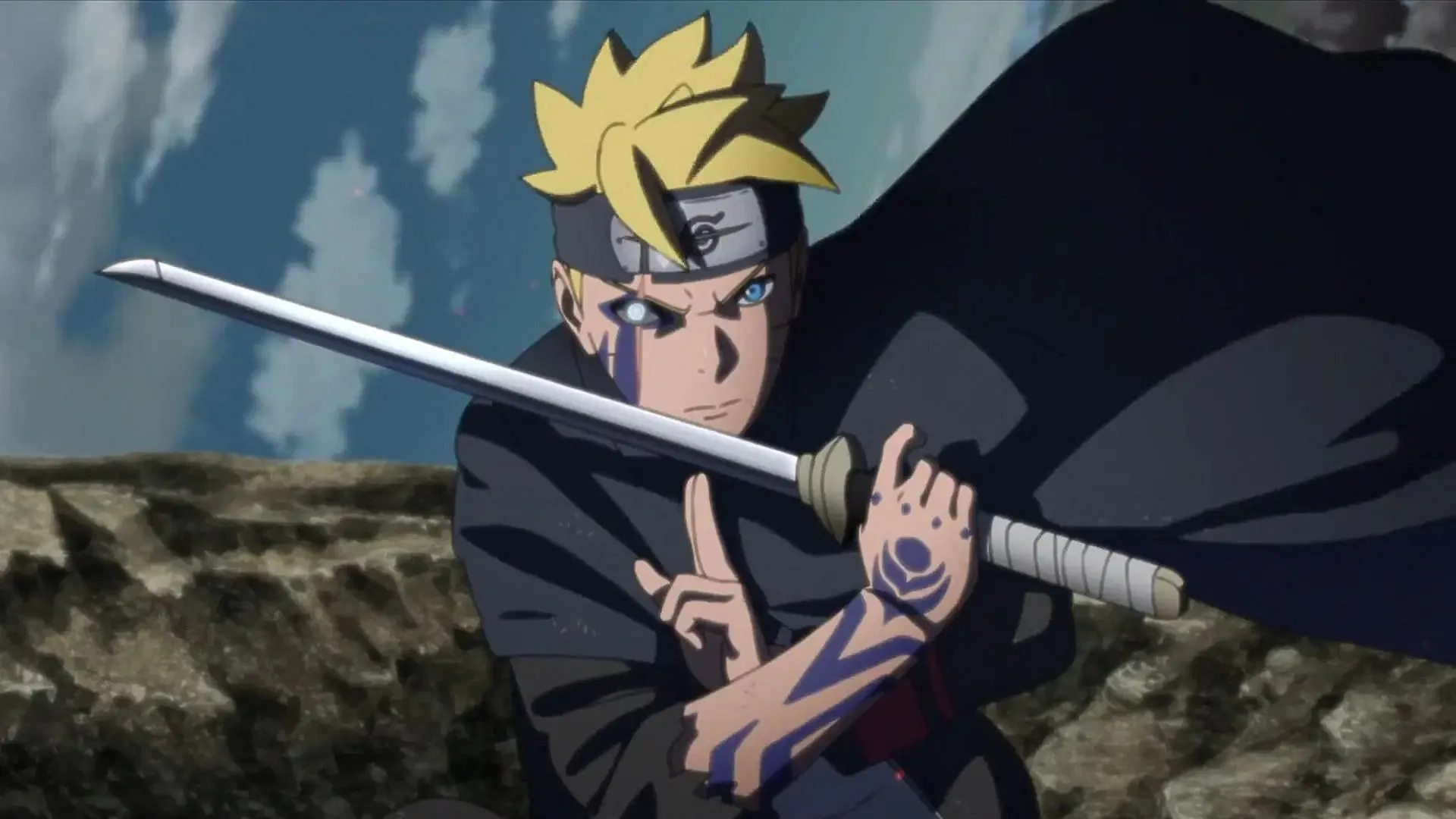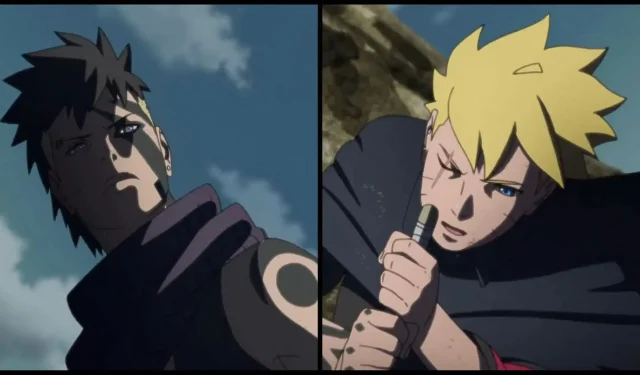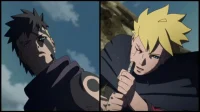Boruto features a flashforward that was originally designed to provide a glimpse of the central conflict in the series. Initially, this element faced criticism for seemingly revealing too much. However, as the manga progressed, creator Mikio Ikemoto skillfully recontextualized this scene, transforming its implications and enhancing reader engagement over time.
According to the franchise’s original author, Masashi Kishimoto, the flashforward was a late addition to the manga. This makes Ikemoto’s adept use of the scene throughout the narrative all the more remarkable. The storyline cleverly incorporates various misdirections, leading readers to ponder the true significance of the interaction between the main character and Kawaki.
Disclaimer: This article contains spoilers from the manga/anime and reflects the opinions of the writer.
The Narrative Impact of Boruto’s Flashforward

The manga opens with a striking flashforward featuring Boruto and Kawaki about to face off amidst the devastated ruins of Konoha. Kawaki ominously states his intention to send Boruto to join the Seventh Hokage, his father, Naruto Uzumaki. This moment hints not just at the characters’ future growth but also compels readers to scrutinize every detail carefully.
Kawaki serves as a prime example of this narrative strategy. Initially absent from the early cast, he is later revealed to be adopted by Naruto, prompting speculation about a tragic fate for the Hokage. Ikemoto expertly subverts audience expectations; Kawaki actually encases Naruto and Hinata in a different dimension, suggesting that during their confrontation, he plans to do the same to Boruto rather than simply kill him.
The conclusion of the first half of the manga and the beginning of the second half place Kawaki in a position suggesting he desires Boruto’s demise. However, the flashforward introduces ambiguity, implying that Kawaki’s goal may be to seal Boruto rather than take his life, raising the question of whether he will indeed kill Naruto at some point.
Key Narrative Elements

Another compelling aspect is Boruto’s usage of the Jougan, a dojutsu that has appeared in the Studio Pierrot anime adaptation. Viewers and readers are eager to see how this ability will manifest, particularly as it relates to Boruto’s internal struggles with Momoshiki, providing deeper layers to his character development.
Additionally, Ikemoto introduces a future version of Kawaki sporting an outfit not yet seen in the Two Blue Vortex segment of the manga, along with a staff—an uncommon weapon choice for his character, known for fighting unarmed. This choice adds layers of intrigue, leaving fans curious about Kawaki’s evolution in future story arcs.
Concluding Insights
The collaborative efforts of Ikemoto and Kishimoto have woven a complex narrative where Boruto and Kawaki are on a collision course. This setup has spurred a wealth of questions and theories among fans, enhancing the overall storytelling experience. In this respect, the innovative use of the flashforward may be considered one of the most effective storytelling devices in the sequel, enriching the narrative’s complexity.


